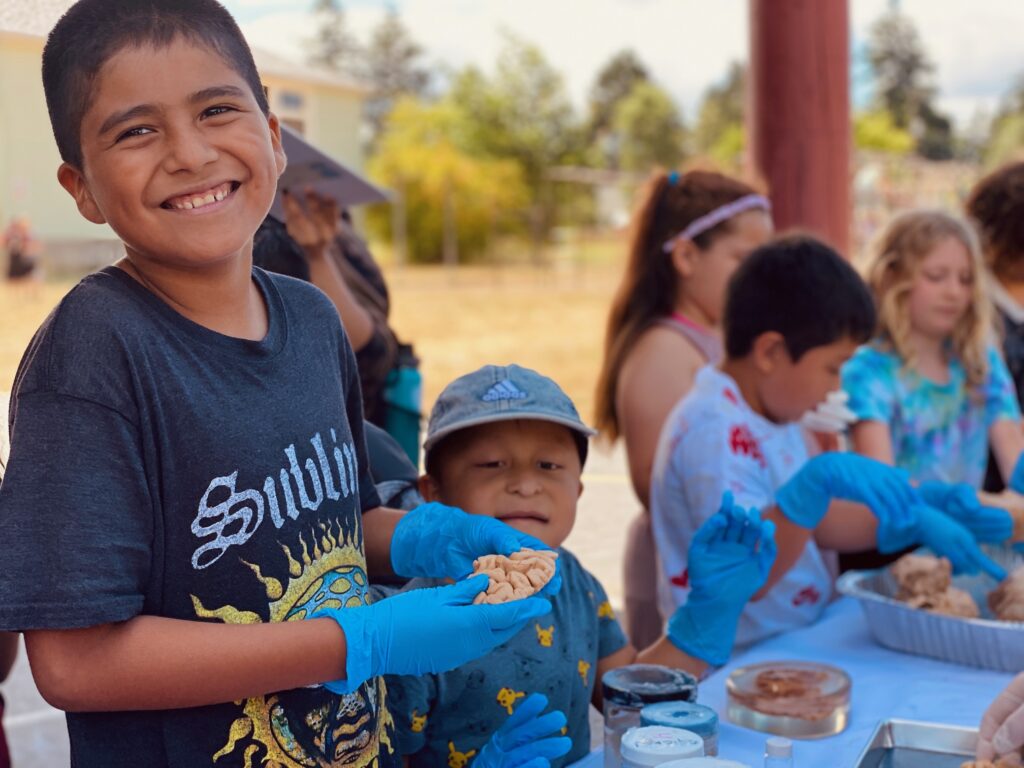“A good head and a good heart are always a formidable combination.”
— Nelson Mandela
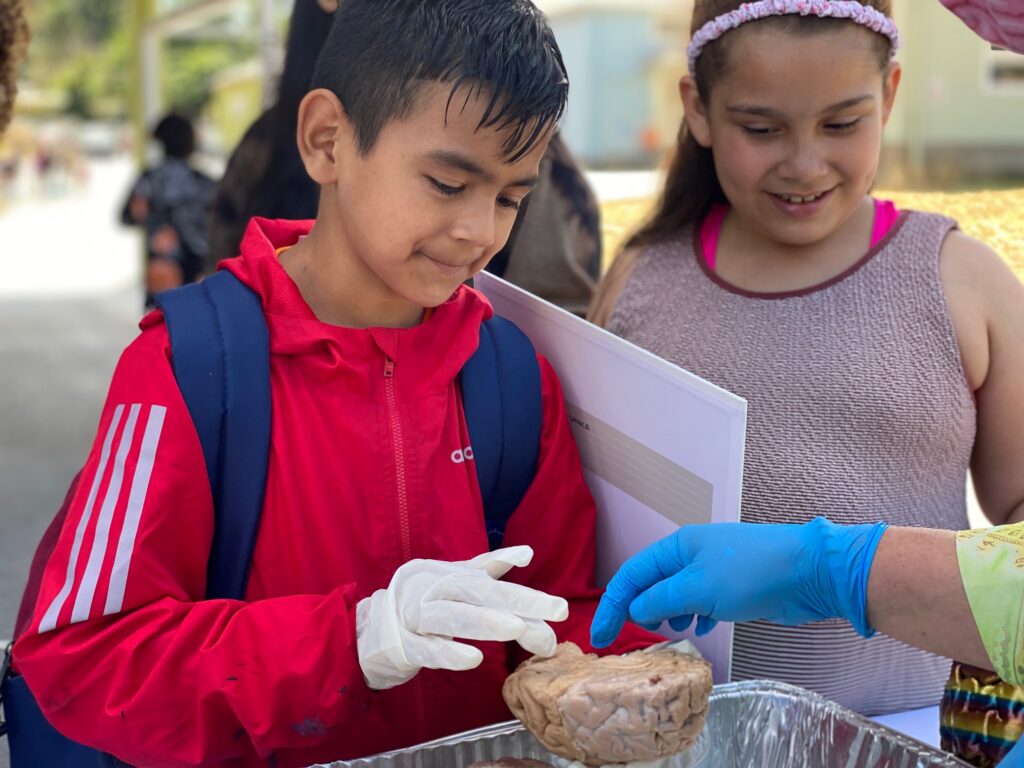
We love public schools
And we love questions!
Asking students what they already know about brains, and what they want to explore – really, anything – leads to fascinating, compelling opportunities to learn more, for everyone.
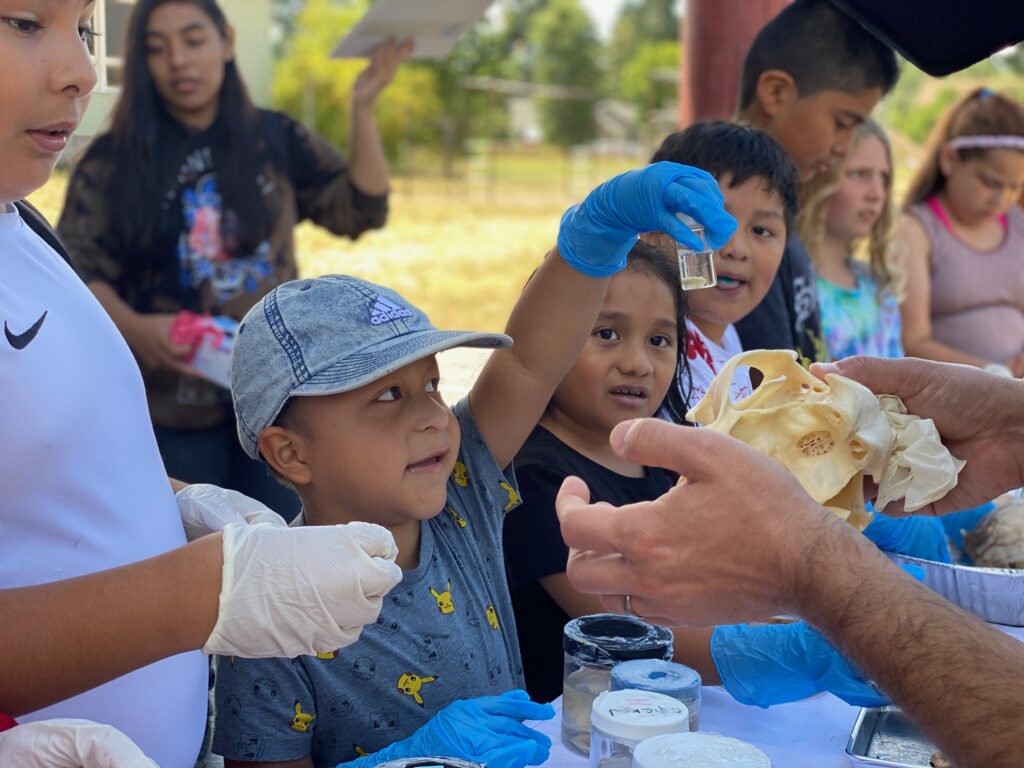
It also values the cool insights and contributions of young people and their plastic, developing noggins, and helps to encourage and support critical thinking skills (including our own) that are essential for addressing the challenges we face together.
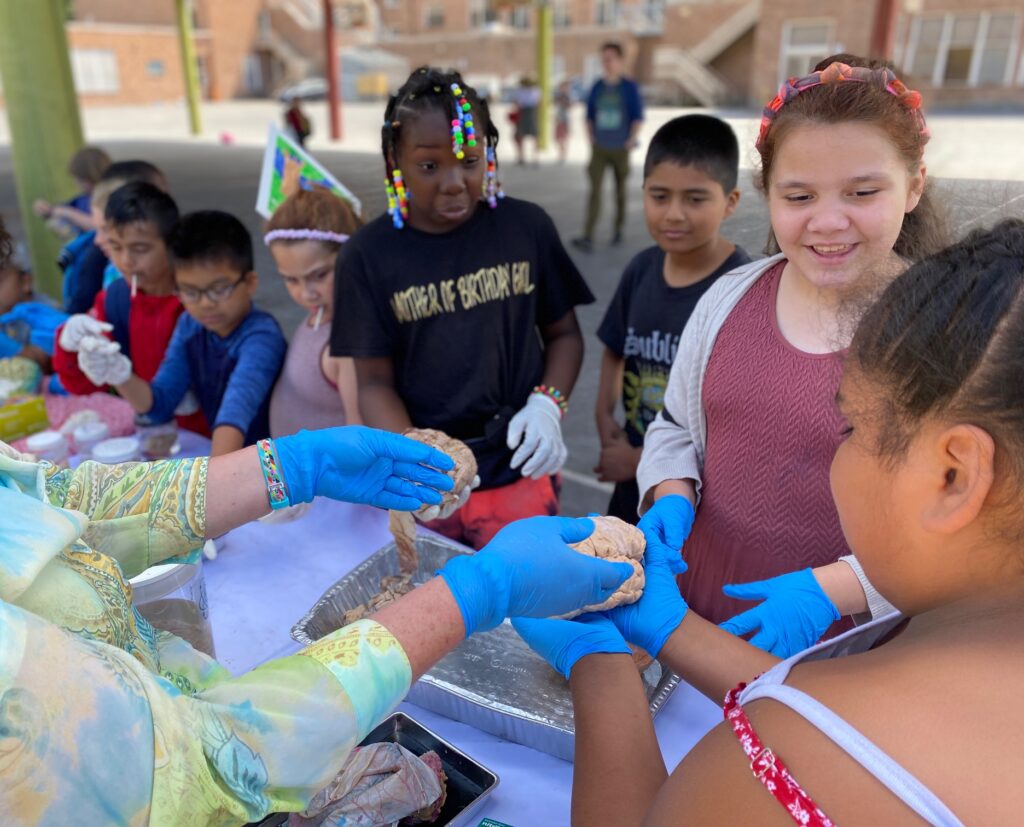
Yet critical thinking, valuing others and support for public education are under scrutiny these days, with some political and tax-free religious corporations upset about where curiosity, experiment and analysis might lead. Good questions and evidence-based scientific research don’t necessarily confirm every “traditional” bias or belief of privileged organizations and individuals, who often profit from the status quo, and this can lead to strong confirmation bias and even intentional suppression of information; for example, on climate, racism, nationalism, law enforcement, pandemics, houselessness, crime, reproductive rights and equality for all.
LEARN MORE: Confronting climate change in the age of denial
LEARN MORE: Mounting antiscience aggression in the United States
LEARN MORE: Race, Bias & Brain: You Can’t Control Art
LEARN MORE: Confluence of law enforcement, mental health, and race
LEARN MORE: Addressing the inappropriate use of force by police in the United States and beyond
LEARN MORE: Religiosity, Conservatism, and Opposition to Same-Sex Marriage in North America
LEARN MORE: Christian Nationalism and Political Violence
Synapsing for Science!
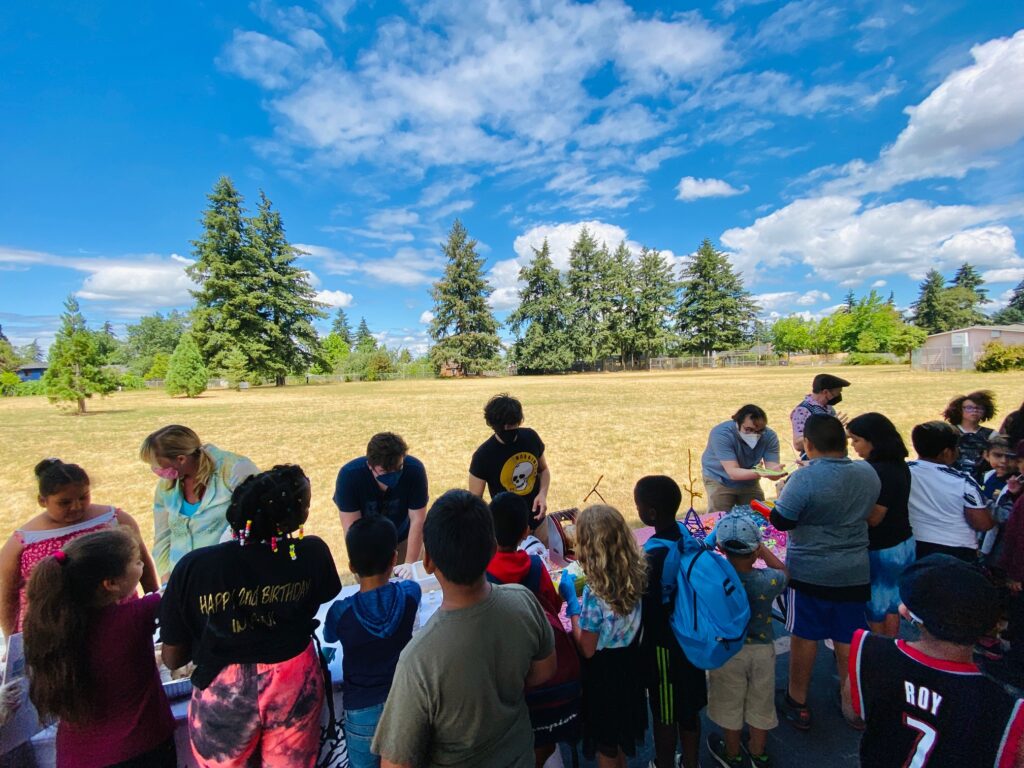
One way we can help address this situation is by partnering with other local community groups to listen and share information, allowing each participant to have an equal voice. Genuinely open discussion is more fruitful, productive, respectful – and fun!
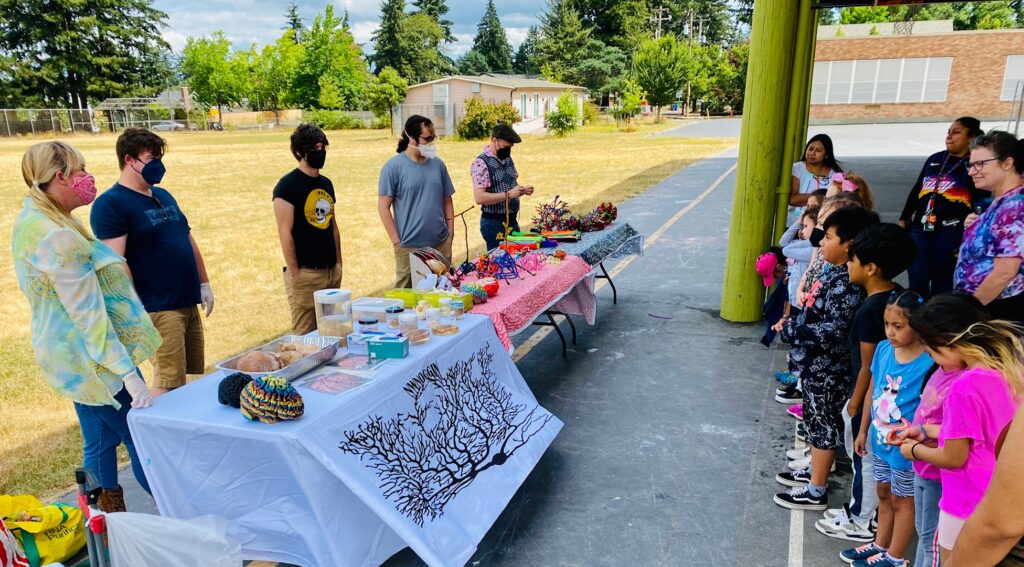
So we brought another masked, vaxxed group of accomplished interdisciplinary outreach volunteers to a spacious outdoor site at Portland’s Rigler Elementary School this week, including Bradley Marxmiller, a BUILD EXITO scholar at Portland State University (PSU) who works in a research lab at Oregon Health & Science University (OHSU), Randall Olson, a graduate student in OHSU Behavioral Neuroscience, Dr. Denesa Lockwood and Aaron Eisen from OHSU, and Alex Heinrich from Portland State.
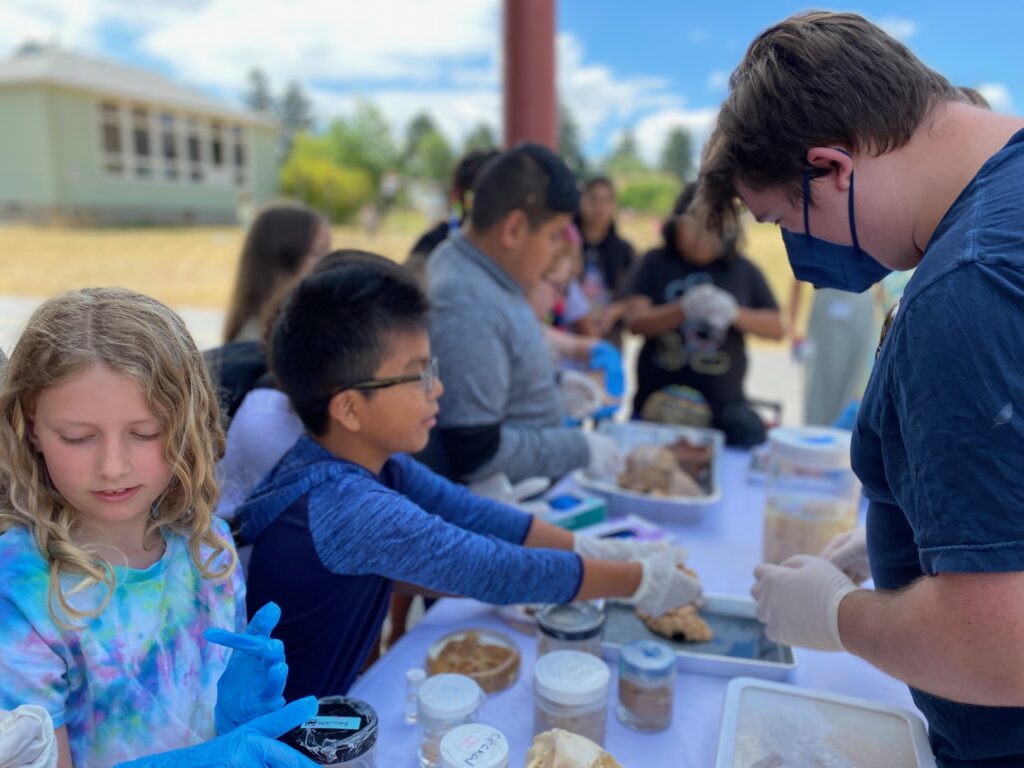
We were returning to join SUN (Schools Uniting Neighborhoods), a free Multnomah County program designed “to support healthy child and youth development and family stability.” NW Noggin got its start by creating an all-volunteer art and neuroscience summer camp for SUN Schools back in 2012!
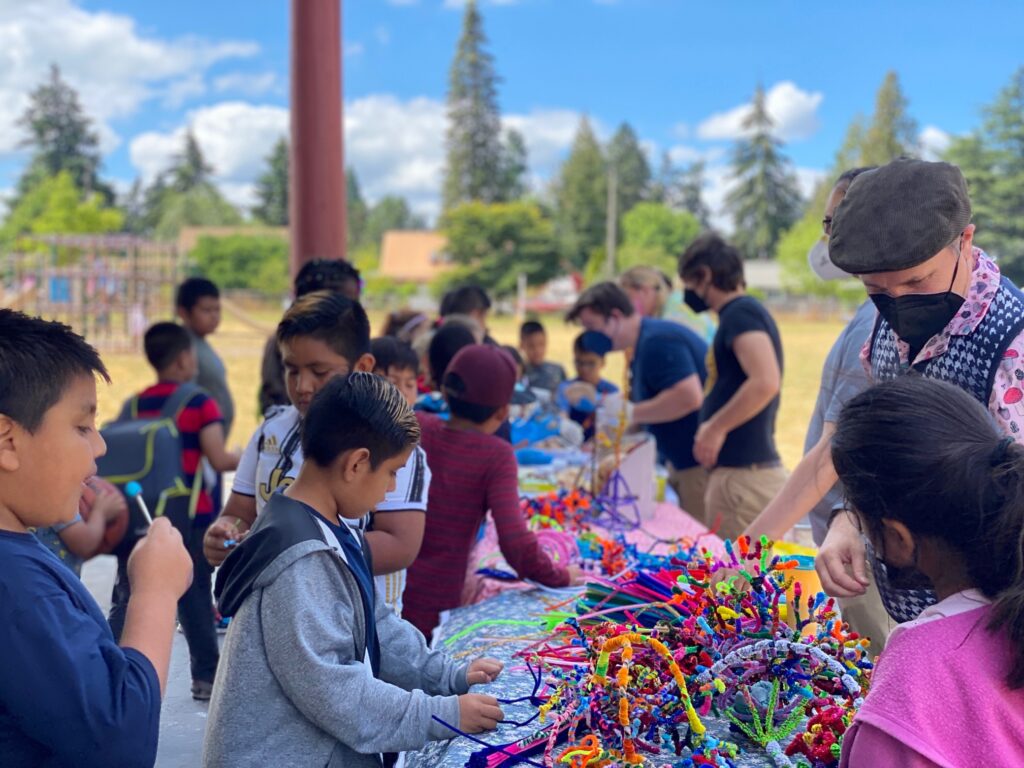
LEARN MORE: We love SUN!
So many great questions!
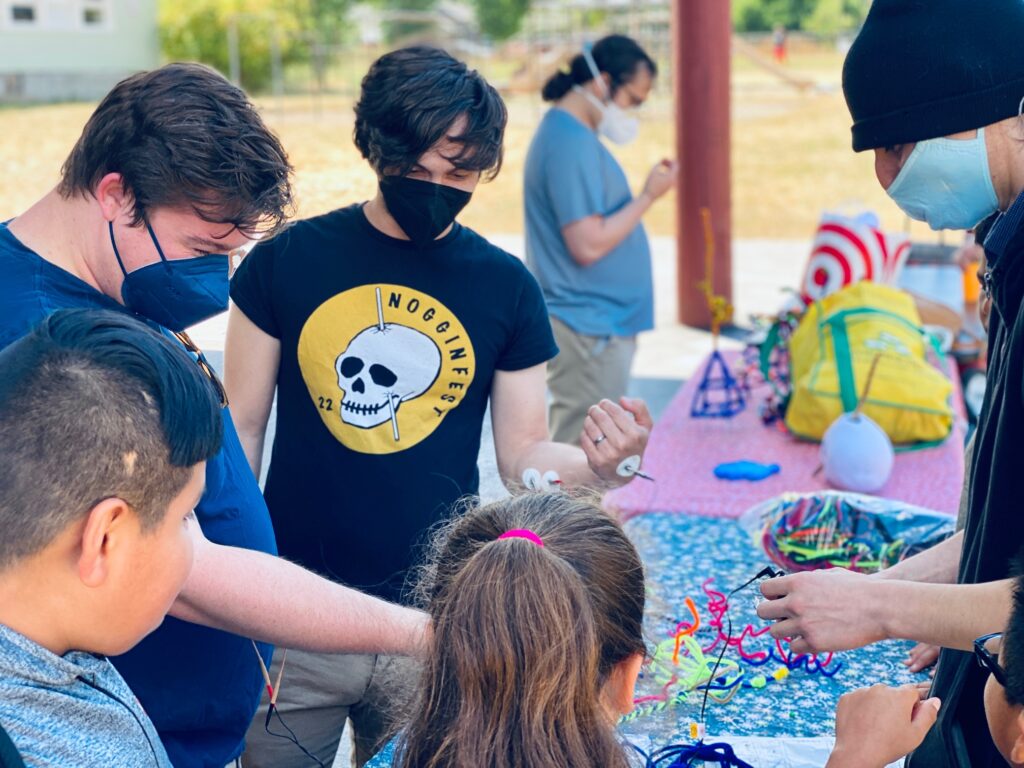
Hearts and Brains
One question that grabbed us and led to a spirited – even heartfelt – discussion was this:
“Does your brain control your heart? Or does your heart control your brain?”
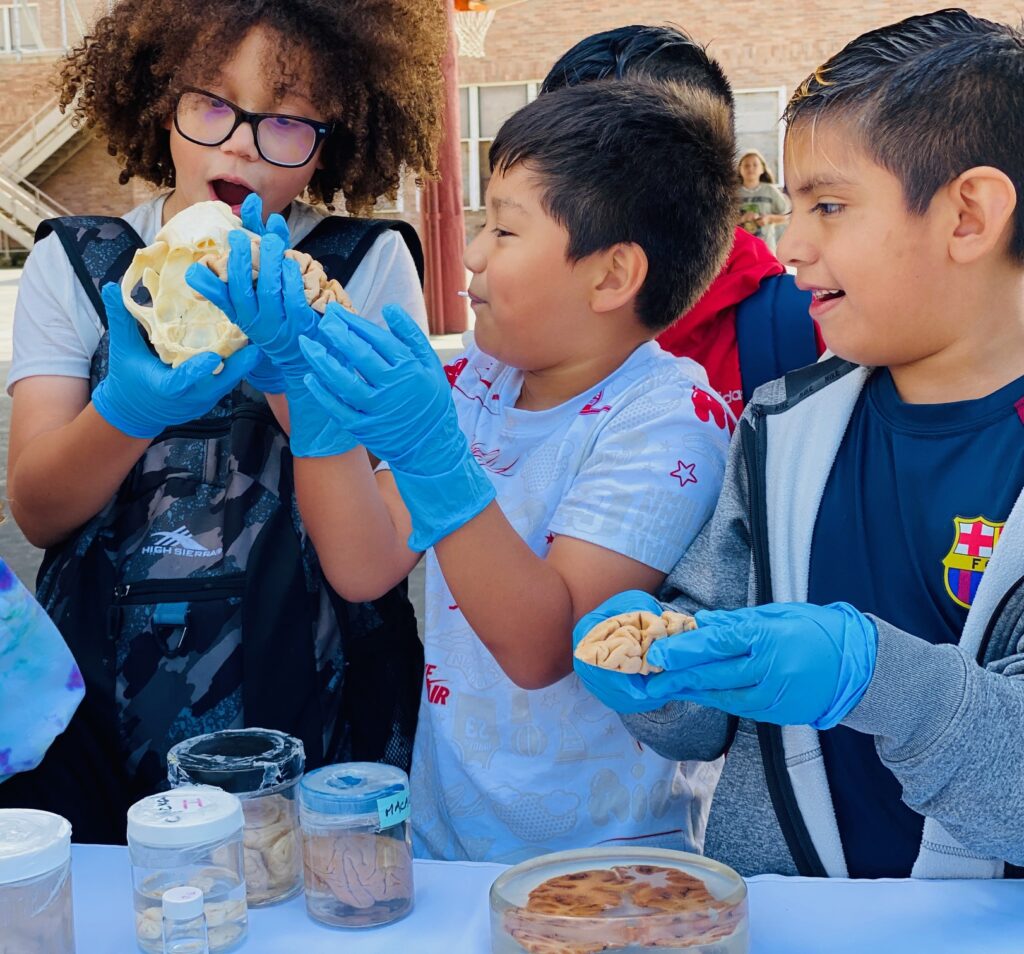
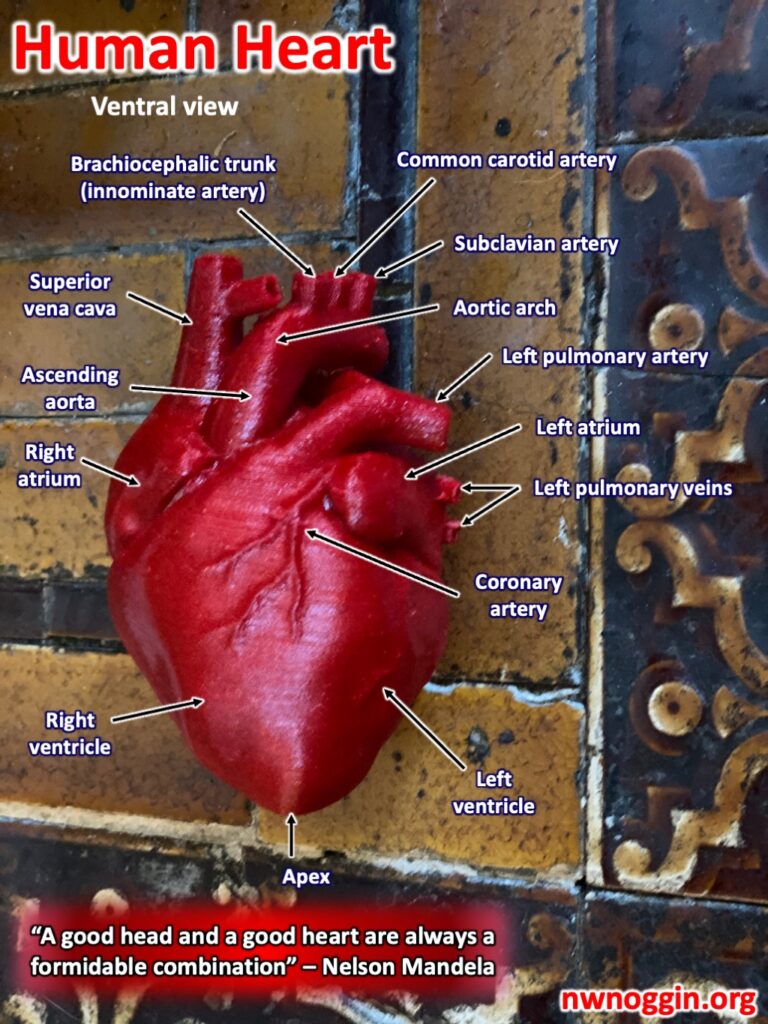
Well…it’s a conversation!
Our bodies and brains are intimately interconnected, and many of us are familiar with the powerful, motivating impacts of a rapidly beating heart. When our heart starts pumping quickly, and blood pressure rises fast, we may be joyously ready for action – or (for some) paralyzed with fear!
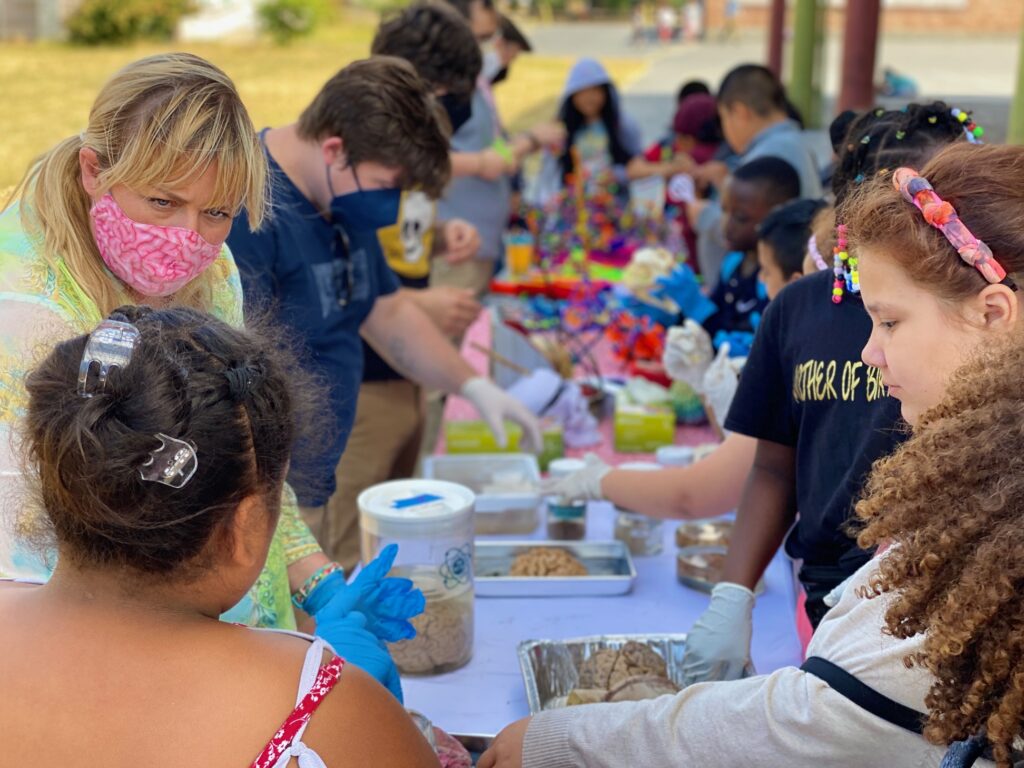
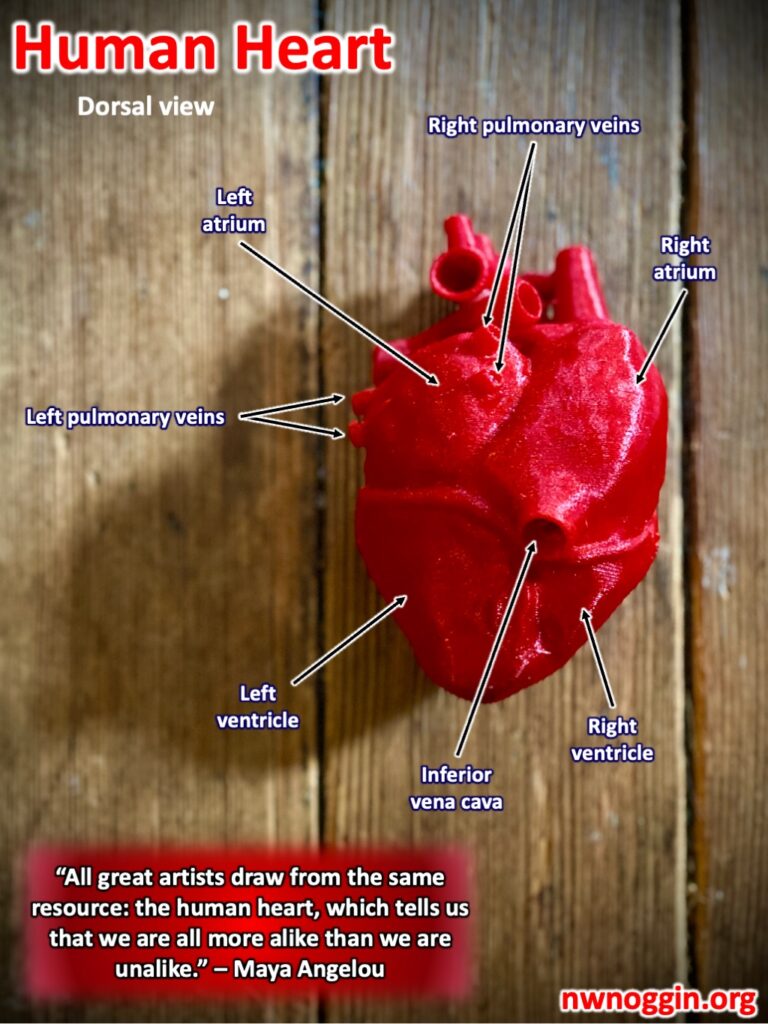
A faster heart rate is linked to greater activity in specific neurons found in our spinal cord, which reach out short axons to make connections (synapses) with more neurons found in “clumps” outside the cord that are known as ganglia. The neurons in these ganglia send out their own longer axons to synapse with various organs, including the heart, releasing a special neurotransmitter known as norepinephrine (NE).
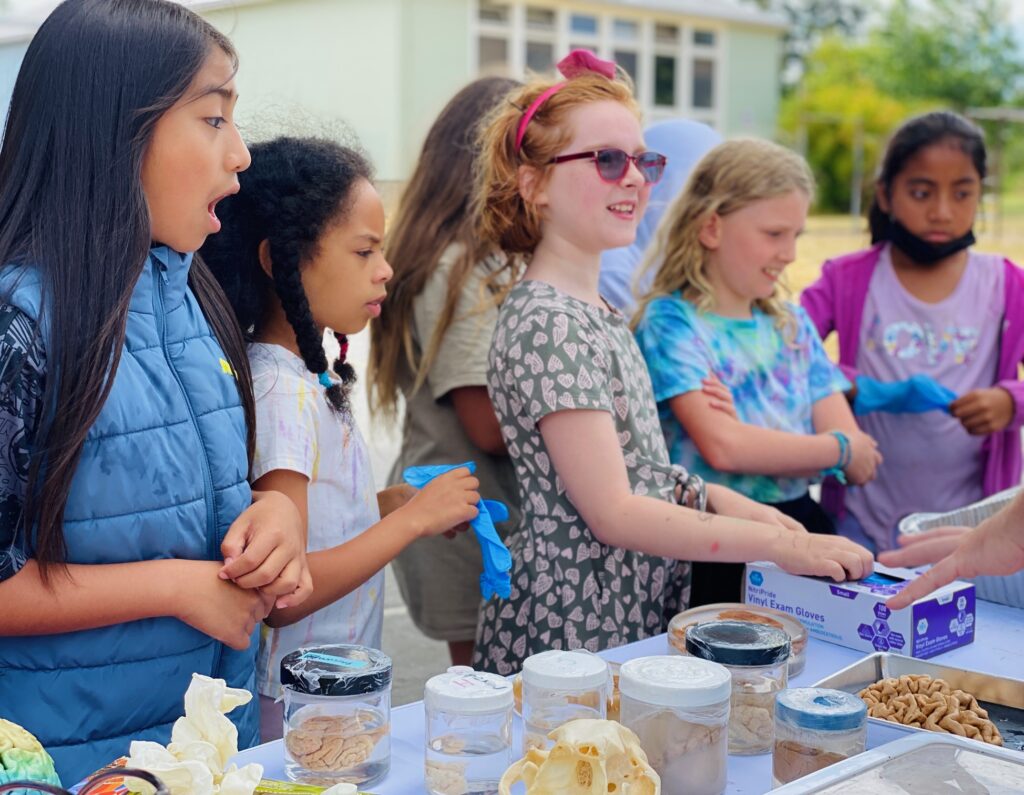
Norepinephrine speeds up your heart, and alerts your brain, orienting you to novel and motivating aspects of your environment. This network of neurons forms the sympathetic division of the autonomic nervous system (ANS) – a larger set of neural networks connecting our brain and spinal cord to our bodies.
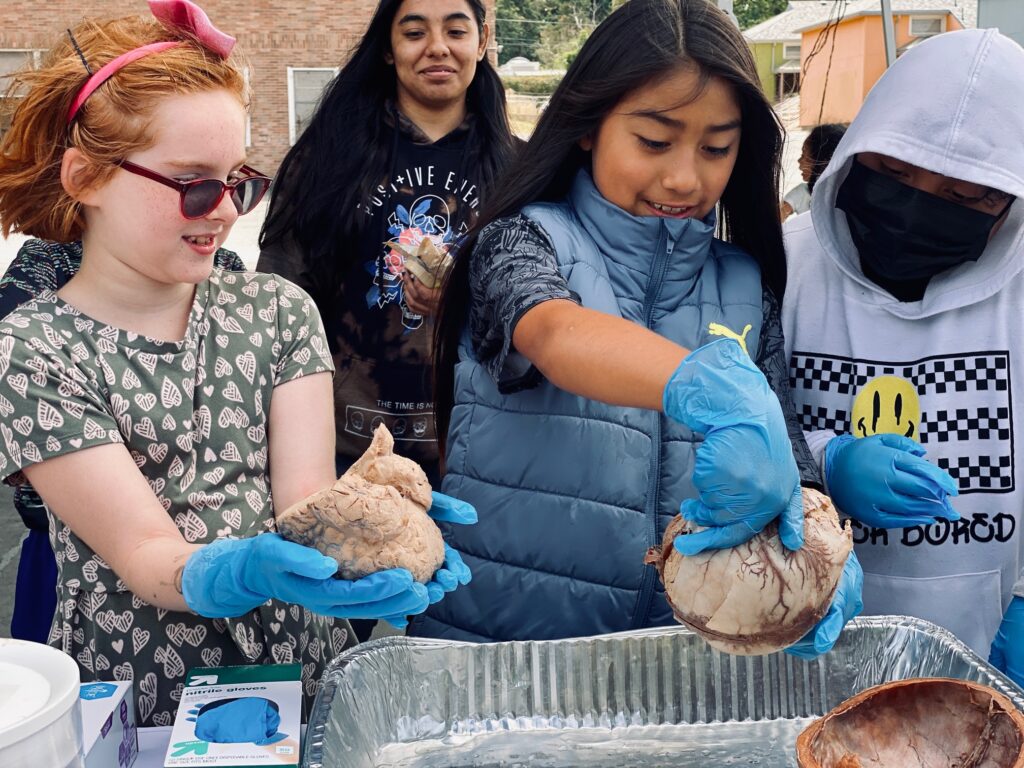
Sympathetic activation leads to the well-known “fight or flight” response – a faster heart, drier mouth, wider (dilated) pupils, constriction of peripheral blood vessels in your hands and face, and a widening of vessels to direct more oxygen and glucose into muscles in your legs!
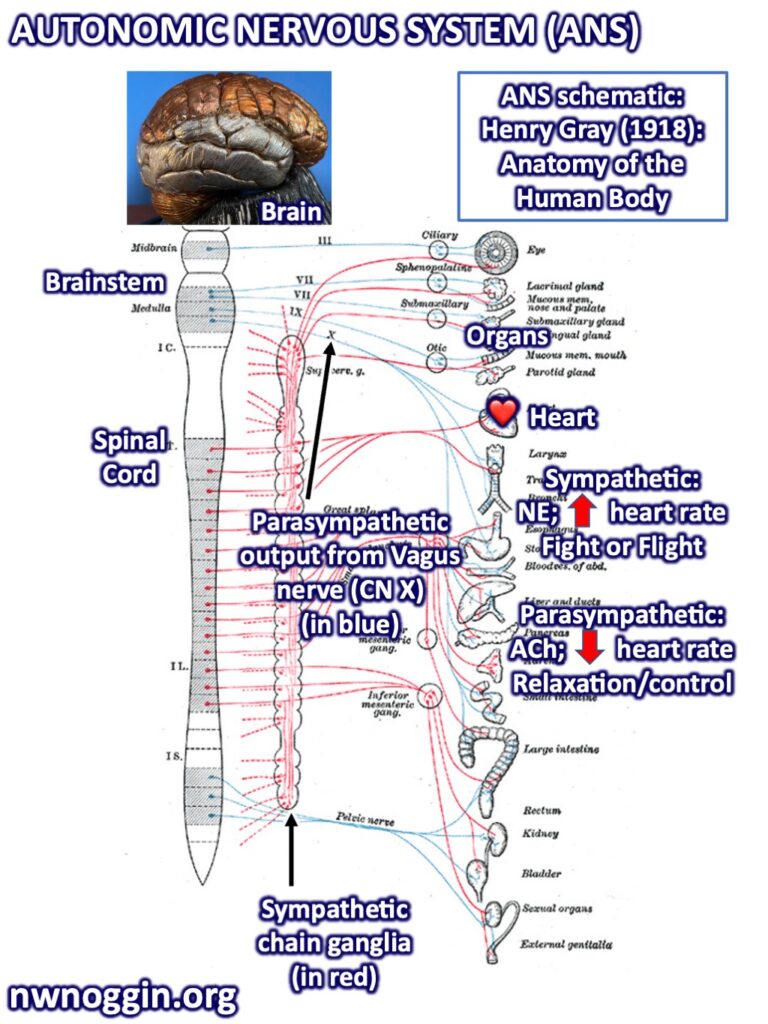
LEARN MORE: Physiology of the Autonomic Nervous System
LEARN MORE: Sympathetic Nervous System Activation and Its Modulation
Of course your heart rate can also slow, and the neural connections here begin in our brainstem.
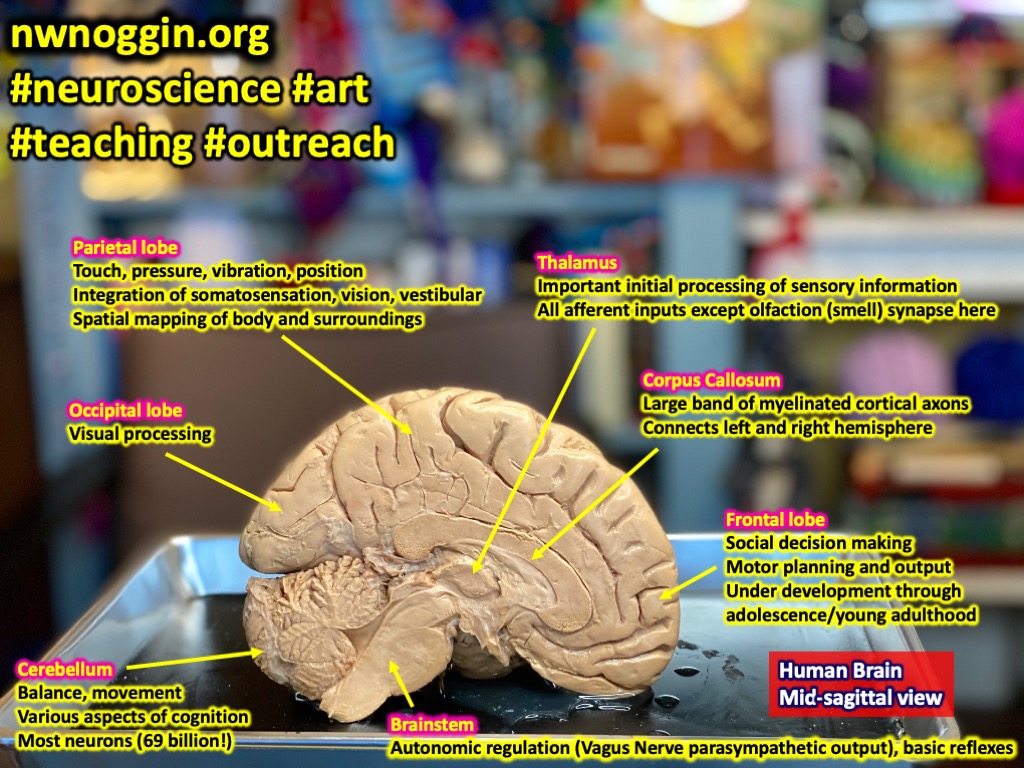
A large cranial nerve, known as the Vagus Nerve (or cranial nerve X), carries long axons from brainstem neurons into our upper viscera, forming synapses on ganglia found close to the organs they affect. The neurons in these ganglia then send their own short axons out to organs, including the heart, releasing a different neurotransmitter, known as acetylcholine (ACh), slowing down the heart. This network is part of the parasympathetic division of the autonomic nervous system, which helps us conserve energy.
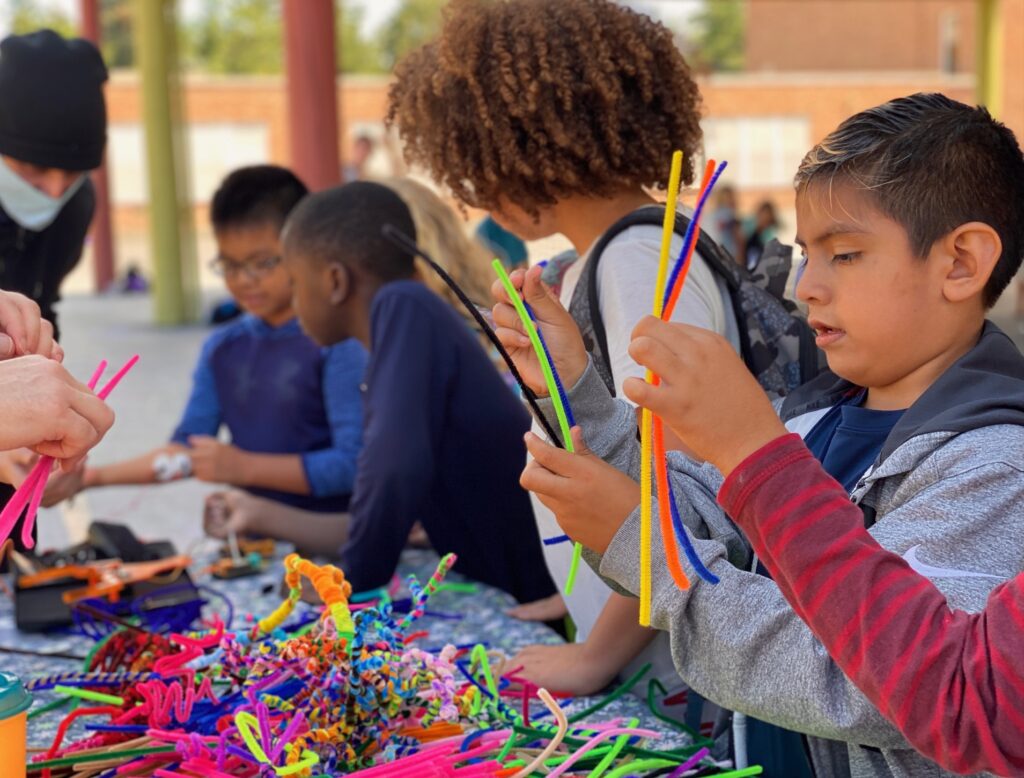
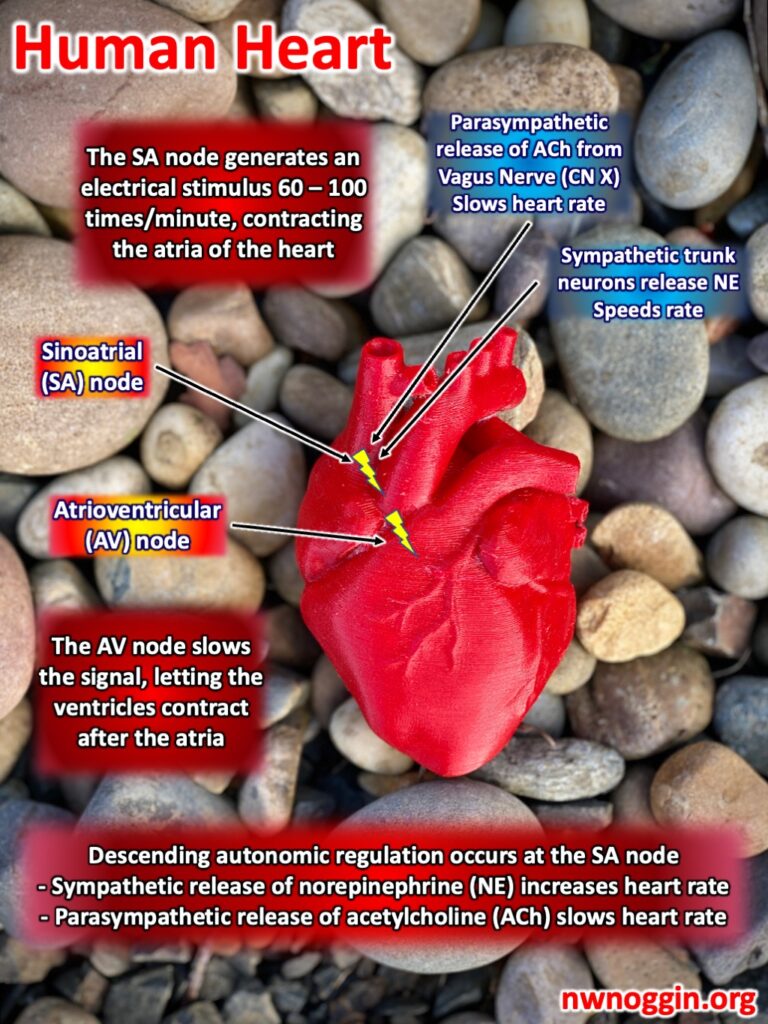
Art relaxes your heart – and your brain
Greater parasympathetic range – an ability to regulate rapid sympathetic activation (fight or flight) with deft modulation of vagal nerve output, is key to successful emotional regulation.
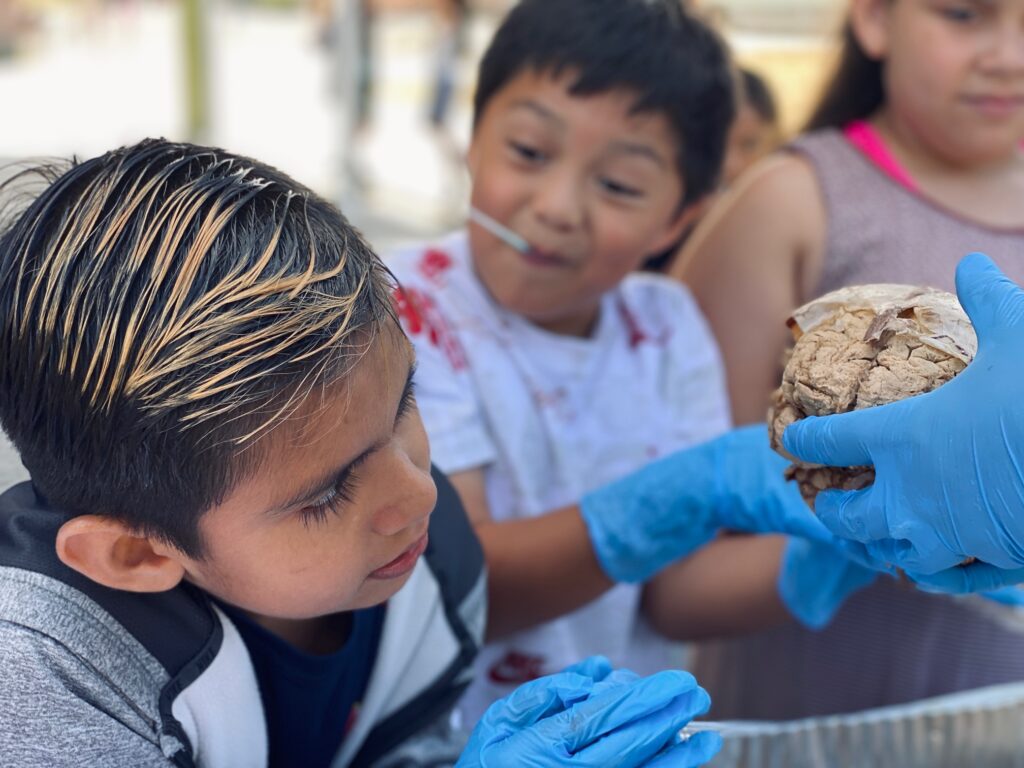
“Individuals with high heart rate variability tend to have better emotional well-being than those with low heart rate variability…”
— How heart rate variability affects emotion regulation brain networks
Young people often need time to develop this level of control, and without it they are initially at the mercy of their reactive autonomic responses to what they encounter, generating big emotional responses to experiences and events.
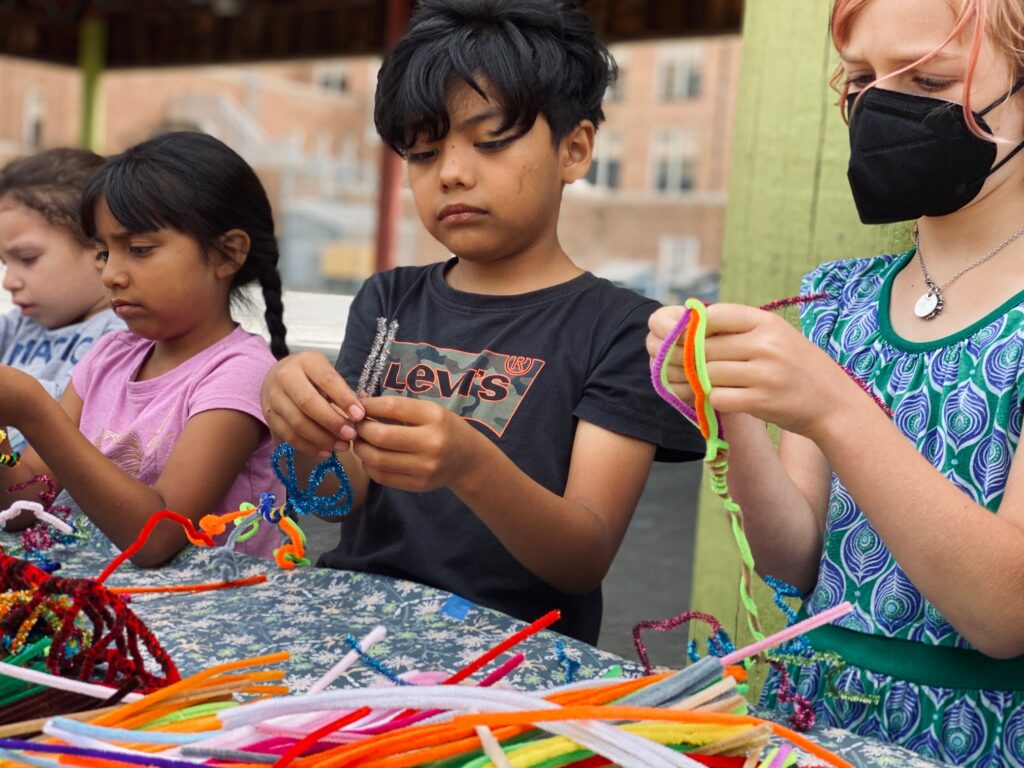
But research is finding support for what many people, including many artists, educators and community cultural leaders have long understood – that making art, viewing art, engaging with art is one way to relax, focus and develop greater autonomic control.
“A simple line painted with the brush can lead to freedom and happiness.”
— Joan Miró
LEARN MORE: Psychological and autonomic effects of art making in college-aged students
LEARN MORE: Creative Arts Interventions for Stress Management and Prevention—A Systematic Review
LEARN MORE: What is the evidence on the role of the arts in improving health and well-being?
LEARN MORE: Overview of the Anatomy, Physiology, and Pharmacology of the ANS
LEARN MORE: Parasympathetic Nervous System
Riding the excitement!
When presented with genuinely motivating experiences and activities – like examining a real brain, or exploring a question that you’re really curious about – a jolt of sympathetic activation can be really fun!
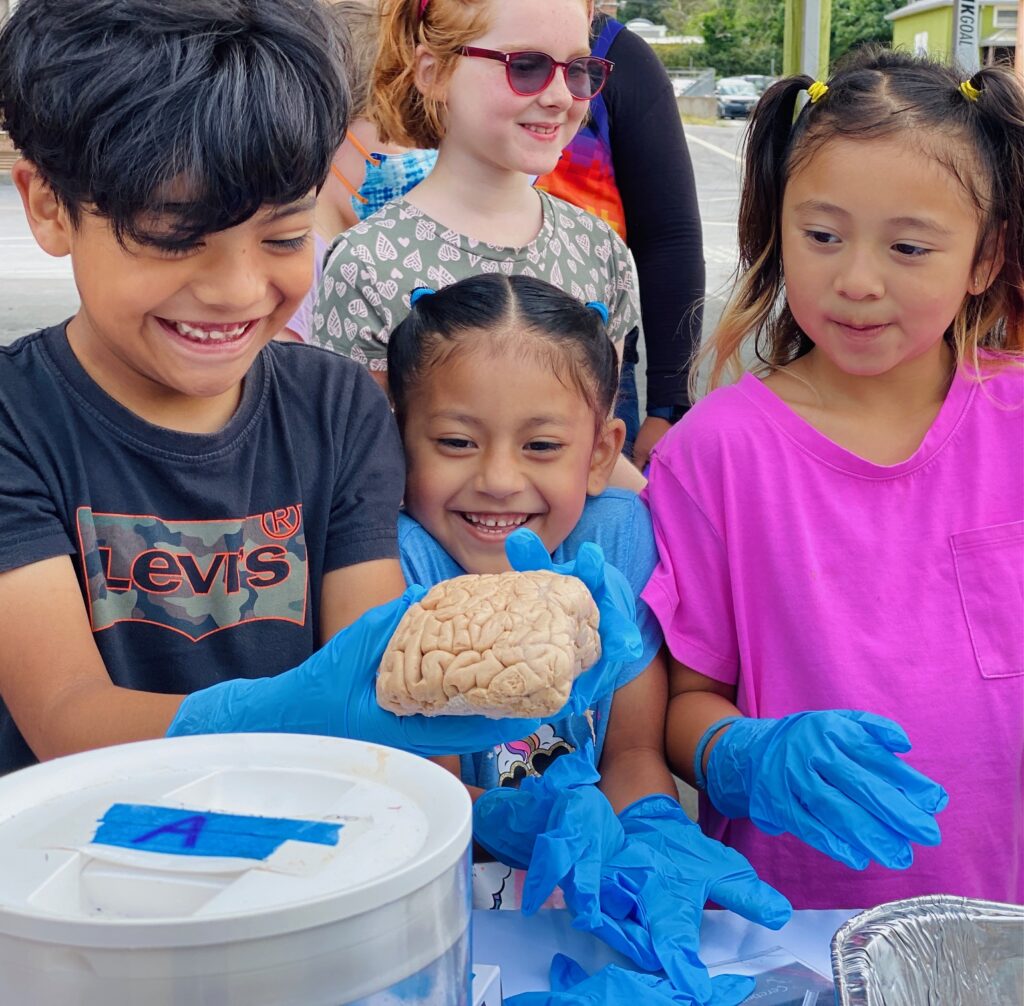
It’s a source of real energy that can be directed, applied effectively and enjoyed.

And in educational settings where student questions are valued and people can express themselves creatively through their own art and active experimentation, development of better parasympathetic control and emotional regulation can successfully proceed.
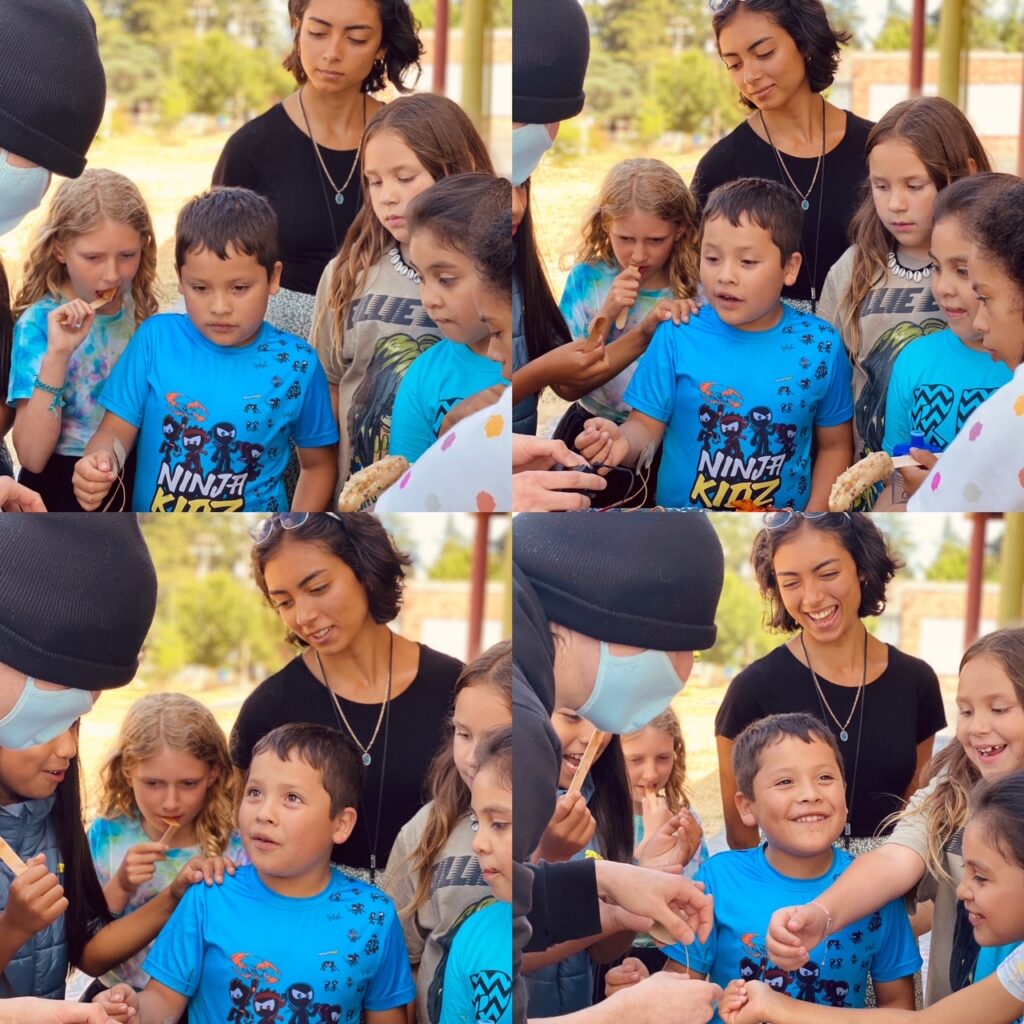
LEARN MORE: Brain Hacking is Electric!
LEARN MORE: Emotional Rescue: The Heart-Brain Connection
LEARN MORE: The heart and the brain: an intimate and underestimated relation
MAJOR THANKS to Maria Paz Herrera, the SUN Site Manager for Rigler Elementary and her wonderful students, and our own talented and informed Northwest Noggin outreach volunteers!
